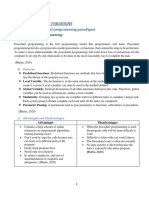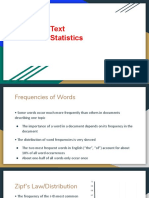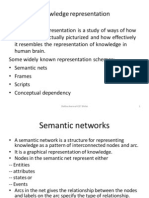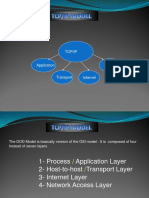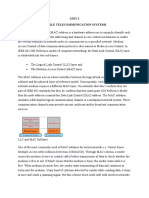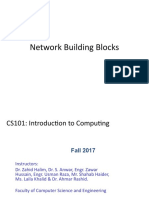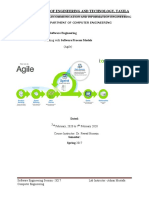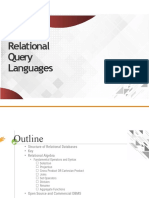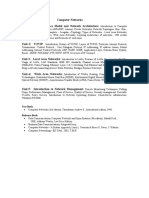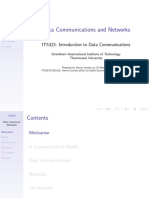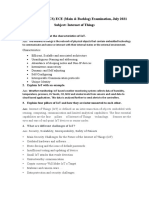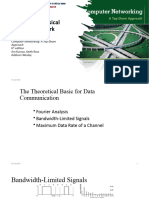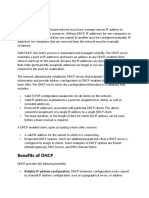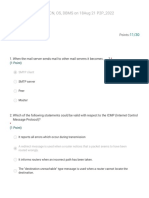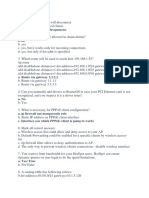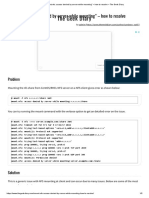0% found this document useful (0 votes)
778 views50 pagesIntroduction to Computer Networking
The document outlines Chapter 1 of the textbook "Computer Networking: A Top-Down Approach" and discusses the basics of computer networks and the Internet. It defines the Internet as a network of networks that connects millions of computing devices through various communication links and packet switches. The network edge includes end systems and access networks that connect to the network core, which is a mesh of interconnected routers that forward packets of data. It also discusses some examples of access network technologies like Ethernet, DSL, cable, and wireless networks.
Uploaded by
Du TrầnCopyright
© © All Rights Reserved
We take content rights seriously. If you suspect this is your content, claim it here.
Available Formats
Download as PPTX, PDF, TXT or read online on Scribd
0% found this document useful (0 votes)
778 views50 pagesIntroduction to Computer Networking
The document outlines Chapter 1 of the textbook "Computer Networking: A Top-Down Approach" and discusses the basics of computer networks and the Internet. It defines the Internet as a network of networks that connects millions of computing devices through various communication links and packet switches. The network edge includes end systems and access networks that connect to the network core, which is a mesh of interconnected routers that forward packets of data. It also discusses some examples of access network technologies like Ethernet, DSL, cable, and wireless networks.
Uploaded by
Du TrầnCopyright
© © All Rights Reserved
We take content rights seriously. If you suspect this is your content, claim it here.
Available Formats
Download as PPTX, PDF, TXT or read online on Scribd
/ 50


